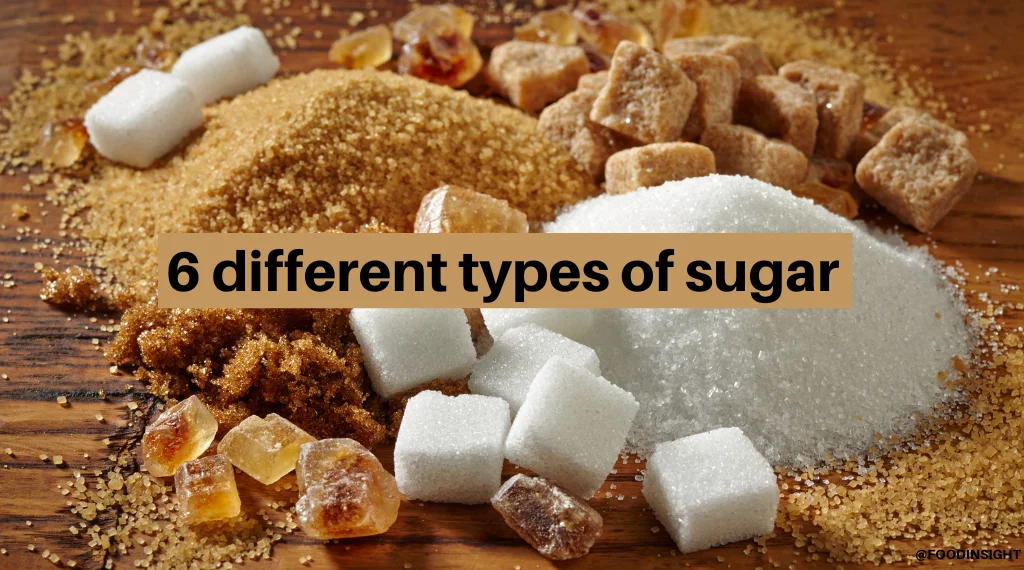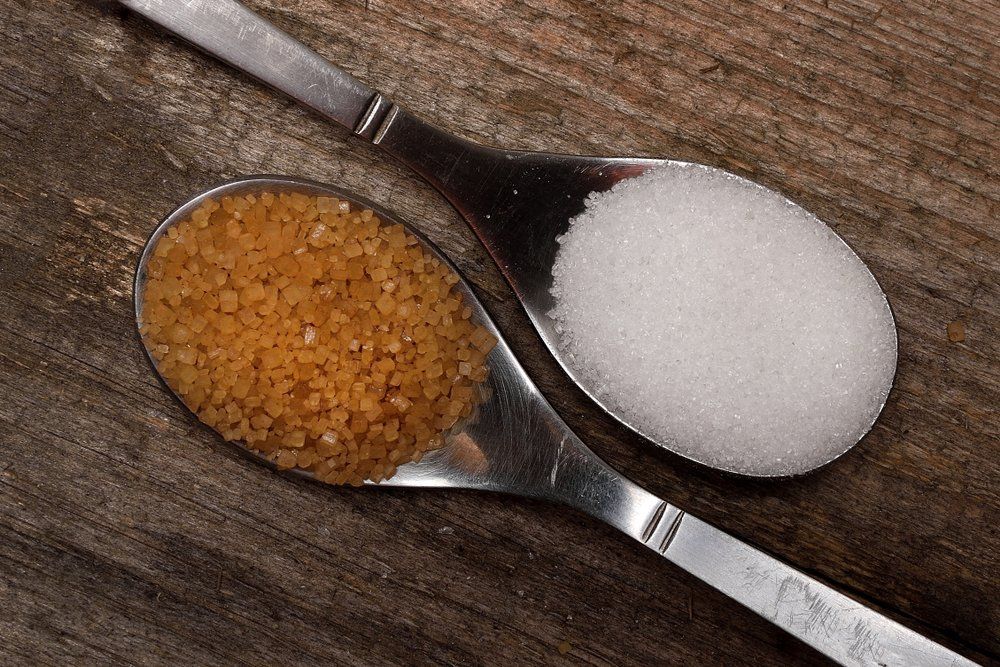Discover the Uses and Perks of Beet Sugar Vs Cane Sugar in Your Daily Diet Plan
Checking out the distinct high qualities of beet and cane sugar exposes more than just their sweetening capacities; it highlights their one-of-a-kind effects on wellness and culinary arts. Beet sugar, recognized for its subtle taste, is commonly preferred in delicate treats, whereas cane sugar, with its hint of molasses, includes richness to robust recipes. Each kind holds its very own nutritional account and glycemic ramifications, inviting a deeper understanding of their functions in a balanced diet regimen and sustainable intake techniques.
Beginning and Manufacturing Processes of Beet and Cane Sugar

The distinctive environments and dirt types required for expanding sugar beetroots and sugarcane add to differences in their cultivation practices and geographic circulation, influencing the business economics and sustainability of their production. beet sugar vs cane sugar.
Nutritional Contrast Between Beet Sugar and Cane Sugar
In spite of originating from various plants, beet sugar and cane sugar are nutritionally extremely similar, both mainly being composed of sucrose. Each offers concerning 4 calories per gram, equating to roughly 16 calories per tsp. Structurally, both sugars are composed of about 99.95% sucrose, with very little quantities of other materials like wetness and trace element, which do not substantially alter their dietary accounts.

Eventually, when picking between beet sugar and cane sugar based upon dietary content alone, both deal the same benefits and disadvantages as they are basically forms of the exact same particle-- sucrose, offering fast power without other nutrients.
Effect on Health And Wellness: Glycemic Index and Caloric Material
Discovering better right into the effects of beet sugar and cane sugar on health, it is essential to consider their glycemic index and caloric material. Both sugars are categorized as sucrose, which contains glucose and fructose. This composition leads them to have a similar effect on blood sugar levels. The glycemic index (GI) of both beet and cane sugar is around 65, categorizing them as high-GI foods, which can cause quick spikes in blood glucose degrees. This is a crucial aspect for individuals managing diabetes or those trying to maintain their power degrees throughout the day.
Each sort of sugar consists of about 4 calories per gram, making their caloric content matching. For those monitoring calorie intake, especially when taking care of weight or metabolic wellness problems, understanding this equivalence is important (beet sugar vs cane sugar). However, excessive intake of any kind of high-calorie, high-GI food can add to health and wellness problems such as obesity, heart illness, and insulin resistance.
Environmental and Economic Factors To Consider of Sugar Manufacturing
Beyond health and wellness effects, the manufacturing of beet and cane sugar likewise raises considerable environmental and economic concerns. Sugar beet growing often tends find to need cooler environments and has a lower geographical impact contrasted to sugar cane, which flourishes in exotic regions. Both plants are extensive in terms of water usage and land profession, possibly leading to deforestation and water shortage. Financially, the international sugar market is highly unstable, affected by adjustments in international trade policies and aids. Several countries incentivize sugar production with financial backing, skewing market value and impacting small farmers adversely.
In addition, the usage of chemicals and plant foods in both beet and cane sugar growing can lead to soil degradation and air pollution, additional impacting biodiversity and local water bodies (beet sugar vs cane sugar). The option in between cultivating sugar beet or cane commonly rests on local environmental conditions and financial aspects, making the sustainability of sugar manufacturing a complicated concern
Culinary Applications and Flavor Distinctions
While the environmental and financial facets of sugar production are indeed significant, the selection in between beet and cane sugar also affects culinary applications and taste profiles. Beet sugar, obtained from the sugar beet plant, is known for its remarkably neutral preference. This makes it a flexible active ingredient in cooking, where it does not alter the flavor of various other parts. It dissolves quickly and is perfect for usage in cakes, cookies, and pastries.
Walking stick sugar, extracted from sugarcane, typically retains molasses traces, which impart a distinct splendor and deepness. This mild molasses flavor enhances the my company intricacy of baked goods, sauces, and marinades. It is especially preferred in items where a caramel undertone is wanted, such as in brownies or gingerbread. The small variant in wetness web content in between beet and cane sugar can affect the texture and uniformity of dishes, making cane sugar a recommended selection for certain recipes that profit from its distinct residential or commercial properties.

Final Thought
Finally, both beet and cane sugar have distinctive origins and production procedures, supplying comparable nutritional profiles with slight distinctions in salt web content and flavor. While their influence on health and wellness, specifically regarding glycemic index and calories, is similar, the option between them typically boils down to environmental, economic variables, and details culinary requirements. Understanding these facets can lead consumers in making educated visit this page choices that straighten with their health and wellness goals and taste choices.